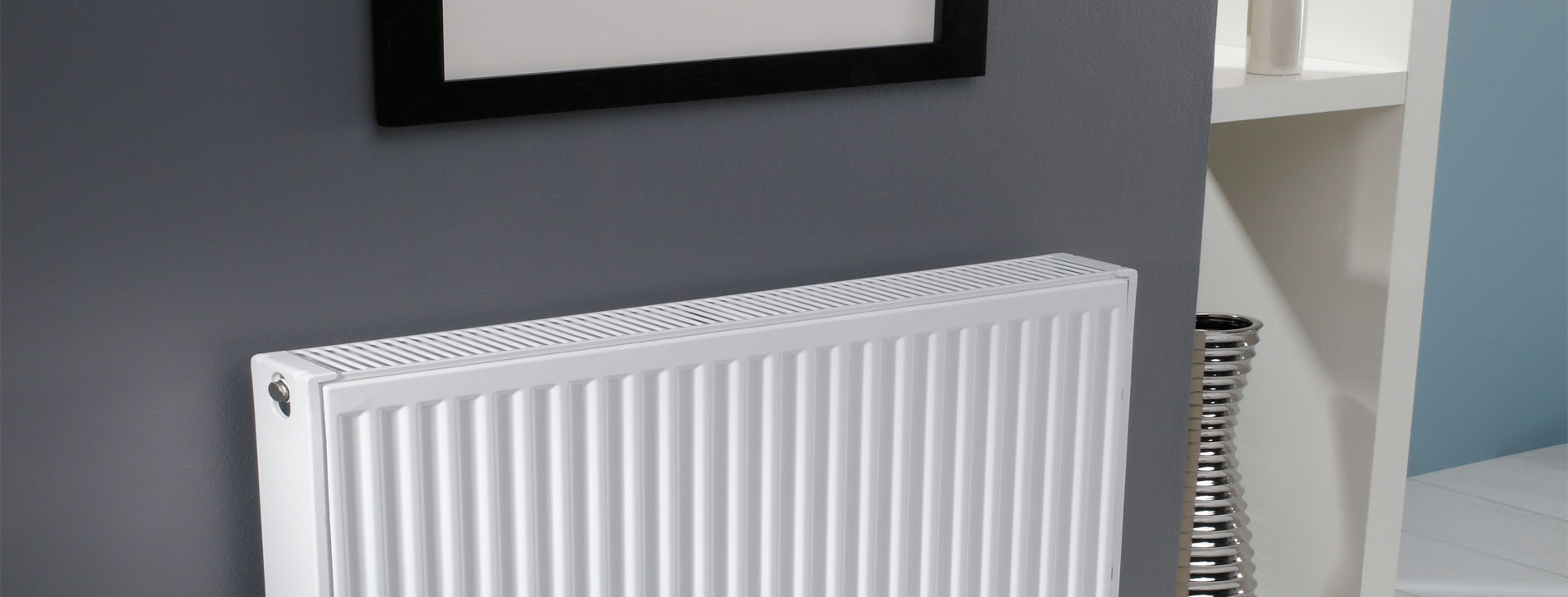How to bleed a radiator
Below are two common factors/signs that your radiator may need bleeding.
- If your radiator does not heat up effectively, most commonly you’ll find the bottom of the radiator is warm and the top is cold. This is caused by trapped air, in some cases the radiator may not heat up at all.
- If you find that your radiator is making unusual noises when you switch your central heating on, then this is most likely a sign that there is trapped air in the radiator.
Items required to bleed a radiator:
- Radiator key - This tool is specially designed to fit into the bleed valve, enabling you to open it with ease. However, if you don’t have one available, a flat headed screw driver will also do the trick.
- A washing up bowl or bucket – To catch the water whilst you bleed the radiator.
- Towels/Rags - To catch/soak up any water that you are unable to catch whilst bleeding the radiator.

How to bleed your radiator/s
Step 1: Turn off your central heating system. Once turned off, allow time for radiators to cool to avoid injury/scalding from hot water.
Step 2: Locate the radiators bleed valve, this can usually be found at the top of the radiator and is a small square/hexagonal nut.
Step 3: Lay your towel down beneath the bleed valve along with the washing up bowl/bucket to catch any water that may escape while you bleed the radiator.
Step 4: Using the radiator key, loosen the bleed valve by turning it anti-clockwise. You should be able to hear the trapped air coming out as it is released from the radiator.
Step 5: Once all of the trapped air has been released the hissing sound will stop, and water will begin to trickle out of the bleed valve. At this point, you can close the bleed valve by turning the radiator key clockwise.
Step 6: To finish the process, repeat these steps on all radiators in your home, beginning on the ground floor before working your way up.

Below are a few helpful tips if you come across any issues whilst bleeding your radiators:
1 - Why is my radiator still not heating properly after bleeding?
If after bleeding all of your radiators you are still encountering the same issues, then it is likely the problem is down to something else. At this point, check for any debris or sludge build up in the system and if necessary flush it out to improve its effectiveness.
2 – What if water continues to leak from the bleed valve once re-tightened?
If the water doesn’t stop, this may be down to a faulty/damaged bleed valve. If this is the case then the best solution is to buy a replacement bleed valve to stop any further leaks.
3 – What if there is no hissing sound or water coming through?
This could simply indicate there is no trapped air in the radiator. At this point, check for other reasons your central heating system could be performing poorly.
4 – What if I still have radiators with cold spots after trying all of the above steps?
At this stage, it is best to call a qualified heating engineer to inspect and help resolve the issues you are experiencing.

Additional tips to maintain your radiators and help keep your heating system running efficiently.
- Clean your radiators regularly, this will allow good airflow and stop debris/dust from building up within the system.
- You should also balance your central heating system. You may find that you have some radiators that get significantly hotter than others. If you adjust your radiator valves to the same level, this will provide an even distribution of heat throughout your house.
- Flushing your heating system to remove debris and sludge is a good way to keep it running smoothly, it is recommended to do this every 6-8 years.